Rat
The Pack Rat, also known as the “packrat,” or “woodrat,” is any number of several species in the taxonomic genus Neotoma. Researchers recognize about 20 different species of packrats.
These little mammals live throughout various regions of North America. They look a bit like a cross between a rat and a squirrel, with large eyes, long furry tails, and rat-like bodies. Read on to learn about the Pack Rat.
Description of the Pack Rat
Packrats look similar to other rats, but most species have a long furry tail. It is not quite as dense as a squirrel’s tail. Their fur is typically grey, brown, tan, or a similar color.
Most species measure up to eight or nine inches long. The largest individuals weigh a pound or more, though each species varies in size.
Interesting Facts About the Pack Rat
These little rodents are quite interesting creatures. Learn more about what makes them unique below.
- What’s in a Name – These creatures truly live up to their name. They collect various objects and add them to their nest, particularly shiny things. Unfortunately, they sometimes steal important things, like wires and pieces of electrical equipment!
- Midden – All of the various species build extensive nests. Archaeologists have found old nests dating back 50,000 years!
- Crystal Palace – Interestingly, these rodents urinate on the walls of their nest. Under the right conditions, this urine dries and crystallizes and creates a cement-like structure.
- Research Havens – Because they are so well preserved, archaeologists and researchers often find these middens incredibly useful. They preserve plant fossils for thousands of years, allowing scientists to estimate the contents of the ecosystem at that time.
Habitat of the Pack Rat
Different species live in different types of habitats. Though the various species live in many different types of ecosystems, each species typically sticks to a single habitat. Some species prefer arid regions, like deserts and sand dunes. Other species live in mountainous forests or tropical regions.
Many species also live near farms, parks, gardens, and other human habitations. Some even build their dens under sheds or in the walls of buildings.
Distribution of the Pack Rat
Though different species live across North America, the greatest number of different species live in the western United States. Some species extend north into Canada, and others extend south into Mexico. Each has its own unique range and distribution. Many occupy vast expanses, while others live in just a small region.
Diet of the Pack Rat
These creatures are primarily herbivores. This means that they eat a variety of different plants. Some of the different plant parts that they feed on include leaves, nuts, berries, roots, fruits, cactus, and more. When food is plentiful, they store extra within their middens for later use.
Pack Rat and Human Interaction
Humans and packrats interact quite frequently. People in some areas catch and eat these rodents. Across the various species, humans view them as pests, particularly because of their tendency to build nests in or near buildings.
While most species have stable populations, some do face threat of extinction. For example, the IUCN lists the Nelson’s woodrat as Critically Endangered because of its small populations and loss of habitat to agricultural expansion.
Domestication
Humans have not domesticated this rodent in any way.
Does the Pack Rat Make a Good Pet
No, people do not generally keep these animals as pets. They are wild creatures, and some species carry diseases that can be spread to humans.
Pack Rat Care
Zoos keep some species in their collections. Generally, these rodents should have relatively large enclosures with a wide variety of vegetation to explore and eat. They should also have plenty of material to build their midden with.
Zookeepers feed them a commercially produced rodent food, as well as a variety of fresh fruits and vegetables.
Behavior of the Pack Rat
Despite their large nests, these creatures usually live alone. In some species, females tolerate their female offspring living nearby or even sharing a midden. Otherwise, individuals are solitary and often quite territorial. Most search for food at night, though some forage in the early morning and late evening.
Reproduction of the Pack Rat
Exact reproductive rates vary by species. Generally, they breed seasonally and produce one or two litters of pups. The gestation period lasts about one month.
Most litters contain between two and six pups, with three or four being the average. It takes about a month for the female to wean the pups, and they reach sexual maturity several months later.

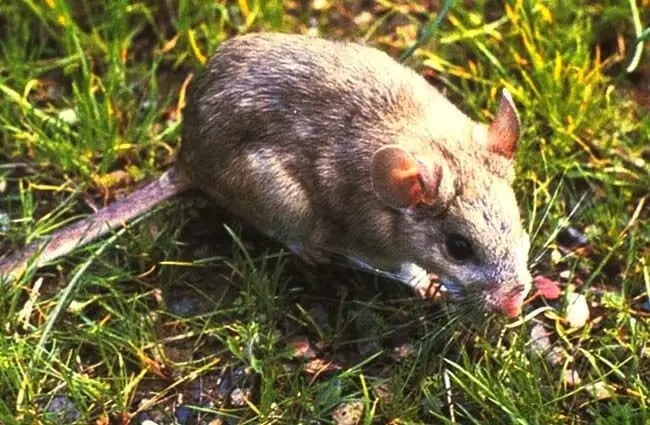


![Cute little Pack Rat Cute little Pack Rat Photo by: USFWS Mountain-Prairie [Public domain] https://creativecommons.org/licenses/by-nc-sa/2.0/](https://animals.net/wp-content/uploads/2019/10/Pack-Rat-3-650x425.jpg)
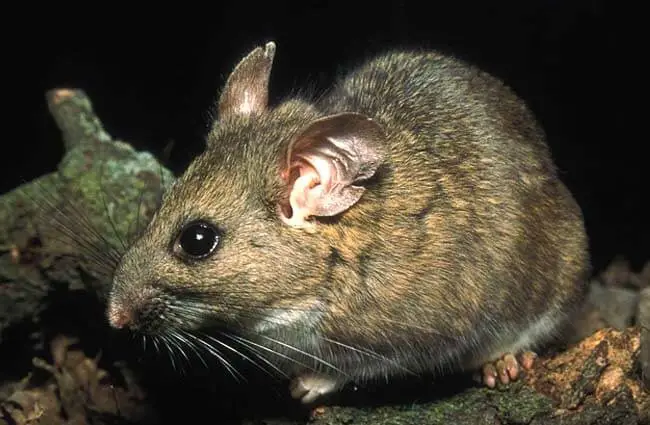

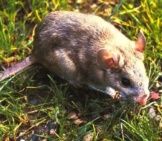
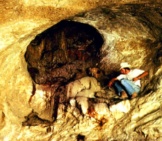

![Cute little Pack Rat Cute Little Pack Rat Photo By: Usfws Mountain-Prairie [Public Domain] Https://Creativecommons.org/Licenses/By-Nc-Sa/2.0/](https://animals.net/wp-content/uploads/2019/10/Pack-Rat-3-162x141.jpg)
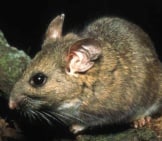

![Red Angus Closeup of a beautiful Red Angus cowPhoto by: U.S. Department of Agriculture [pubic domain]https://creativecommons.org/licenses/by/2.0/](https://animals.net/wp-content/uploads/2020/03/Red-Angus-4-238x178.jpg)












![Red Angus Closeup of a beautiful Red Angus cowPhoto by: U.S. Department of Agriculture [pubic domain]https://creativecommons.org/licenses/by/2.0/](https://animals.net/wp-content/uploads/2020/03/Red-Angus-4-100x75.jpg)

